Origins of the Huey
The Bell UH-1 was developed in the late 1950s, initially as a medevac helicopter. Its creation stemmed from a need for faster medical transport of soldiers, with lessons learned during the Korean War, where helicopters like the H-13 Sioux first demonstrated their value in casualty evacuation.The UH-1, powered by a single turboshaft engine, was first flown in 1956 and entered service with the U.S. Army in 1959. It was the first turbine-powered helicopter to be used by the U.S. military, which gave it significant advantages over older piston-engine models. Its initial designation was HU-1 (Helicopter Utility), which led to the nickname “Huey,” a name that stuck even after its official designation changed to UH-1.
The Huey in Vietnam: A Workhorse
The Vietnam War marked the first large-scale use of helicopters in combat, and the Huey was at the heart of this new form of warfare. By the time the U.S. began deploying large numbers of troops to Vietnam in the early 1960s, the Huey had been refined into various versions, including the UH-1D and UH-1H models, which became the most commonly used during the war.Troop Transport
One of the Huey's primary roles in Vietnam was as a transport helicopter. It could carry up to 12 troops at a time, rapidly moving infantry into battle zones or extracting them under fire. This was critical in the dense jungles and challenging terrain of Vietnam, where traditional ground transport was often impractical. The ability of the Huey to land in small clearings and deliver soldiers directly into the fight was a major tactical advantage.Aerial Assault
The Huey’s versatility extended beyond transport. It was also fitted with weaponry and used in an armed role, primarily as a gunship (the UH-1C variant). Armed with rockets, machine guns, and grenade launchers, the Huey gunships provided close air support for ground troops, softening up enemy positions before landing infantry or covering retreats under heavy fire.Medevac and Resupply
The Huey’s original purpose—medical evacuation—remained one of its most important roles throughout the war. Huey medevac crews, often flying under fire, were responsible for saving thousands of lives by quickly transporting wounded soldiers from the battlefield to field hospitals. The helicopter also played a key role in resupplying troops in remote areas, delivering food, ammunition, and other necessities."Air Cavalry" and the Mobility Revolution
The Huey played a central role in the evolution of the "air cavalry" concept. Drawing inspiration from the traditional cavalry units of the past, which were highly mobile and quick to engage the enemy, air cavalry units in Vietnam used helicopters to rapidly insert and extract troops, scout enemy positions, and provide support to infantry on the ground.This new form of combat marked a revolution in military tactics. No longer constrained by the difficulties of jungle terrain or slow-moving convoys, U.S. forces could strike quickly and retreat before the enemy could respond effectively. The Huey’s ability to hover over battlefields, deliver firepower, and move troops quickly became an invaluable asset, transforming how the war was fought.
Challenges and Losses
While the Huey was a highly effective machine, it was not invulnerable. The North Vietnamese and Viet Cong forces, recognising the strategic importance of the helicopters, made them prime targets. Hueys were often shot down by small arms fire, anti-aircraft artillery, or surface-to-air missiles. In fact, during the course of the war, over 3,000 Hueys were lost due to combat and operational accidents.The sight and sound of a Huey being shot down in Vietnam became one of the war’s defining and tragic images. However, the courage of Huey pilots and crew members who risked—and often sacrificed—their lives to save others remains one of the enduring legacies of the helicopter.
Legacy of the Huey
By the end of the Vietnam War, the Huey had cemented its place in military history. More than 7,000 UH-1 helicopters were deployed during the conflict, and they flew countless missions, fundamentally changing the nature of modern warfare. The use of helicopters in combat—especially for troop transport and close air support—became standard practice in subsequent conflicts, from the Gulf War to operations in Iraq and Afghanistan.For many veterans and historians, the Huey remains a powerful symbol of the Vietnam War. Its distinctive "whop-whop-whop" rotor sound is remembered by soldiers who served in Southeast Asia, as it often represented life-saving medevac flights or the arrival of reinforcements. Today, many surviving UH-1s are preserved in museums or are still in service with military forces around the world, a testament to their durability and impact.


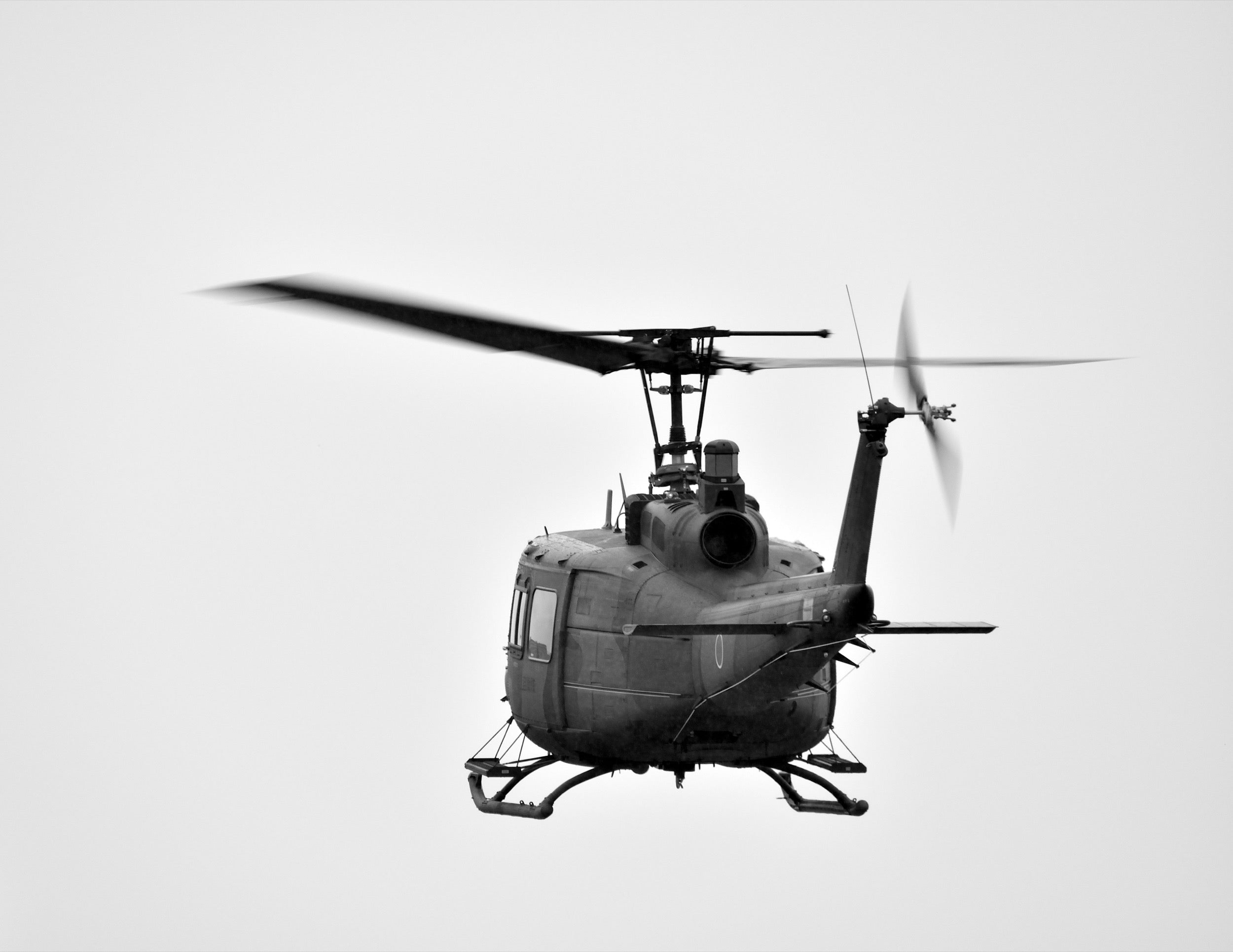
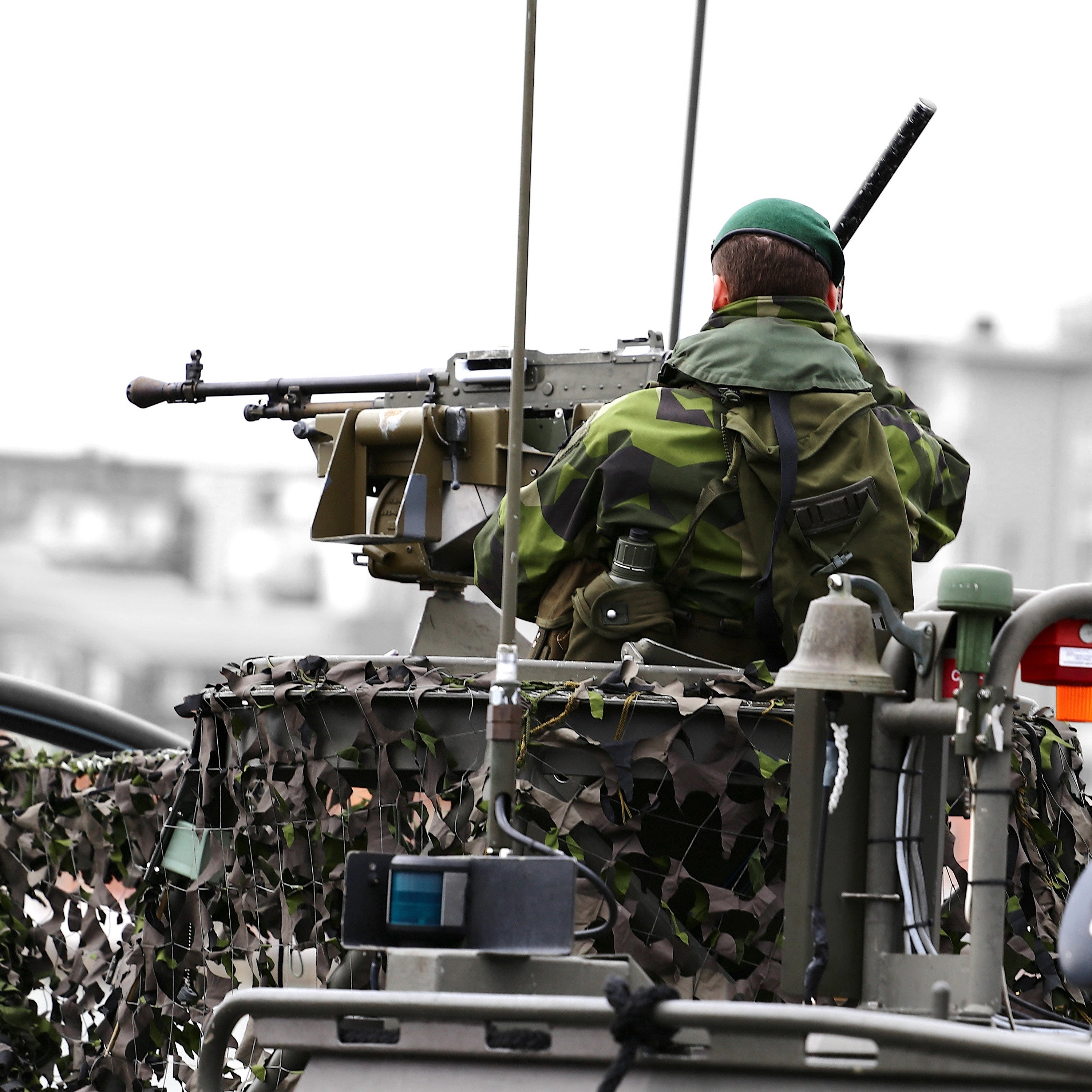
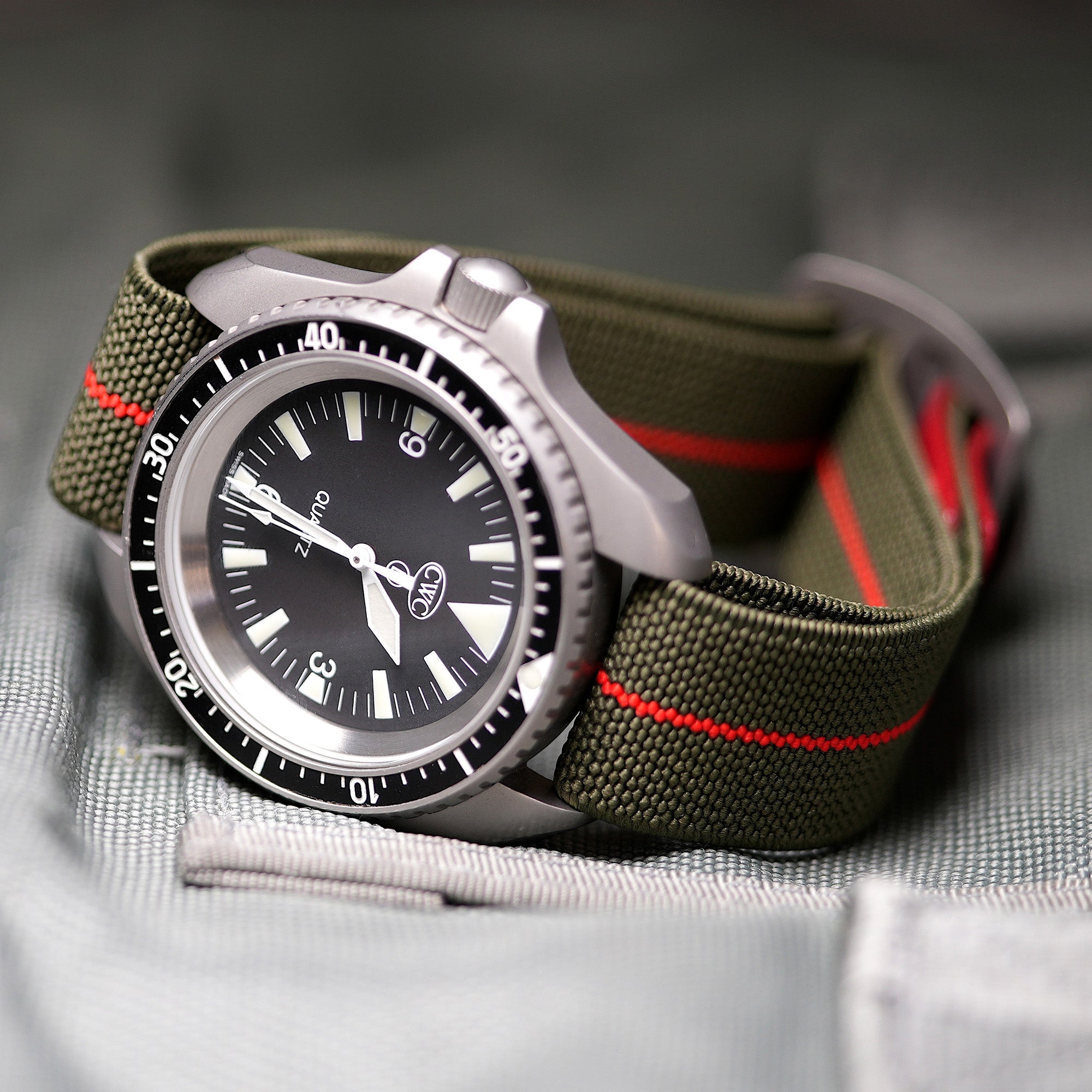
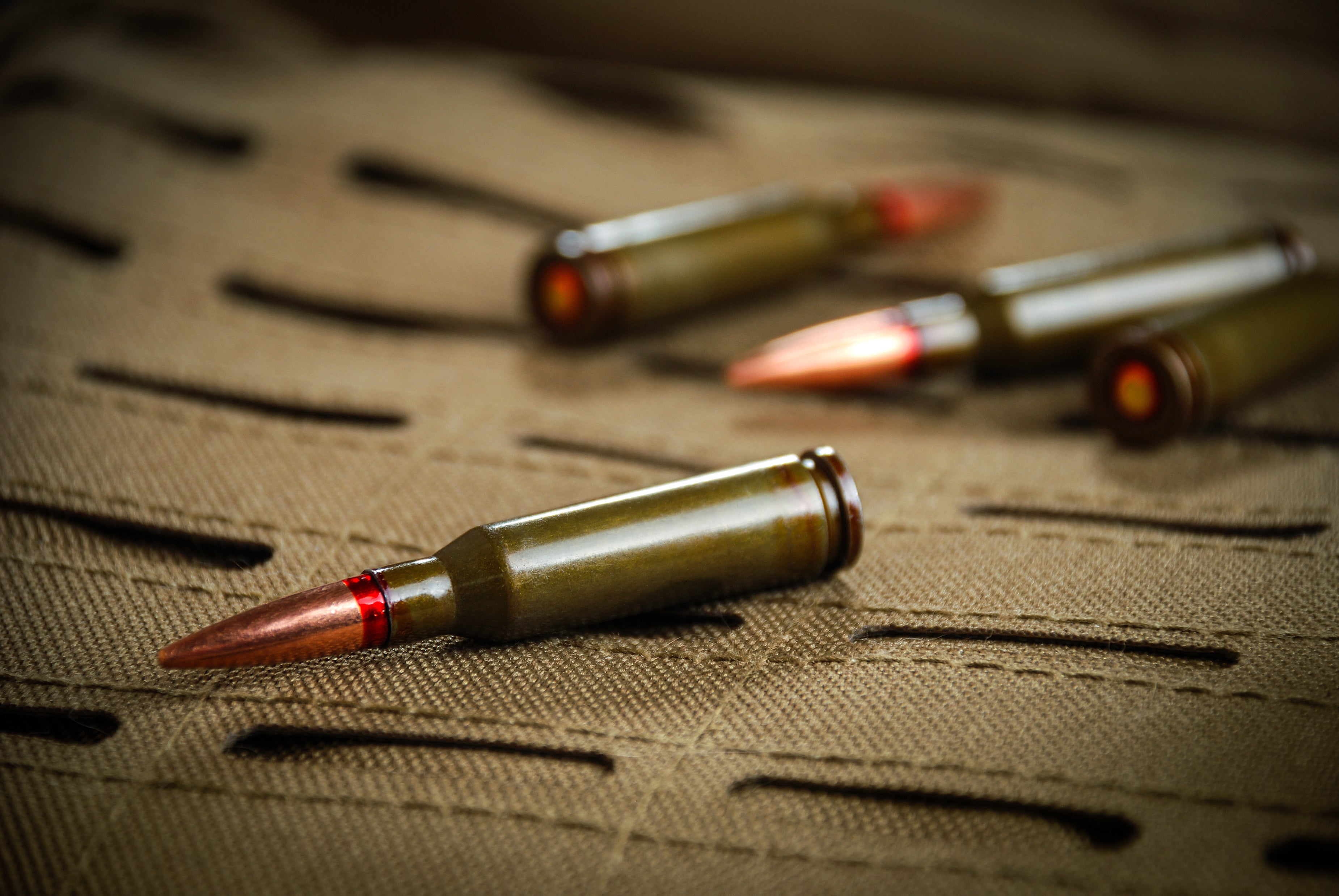
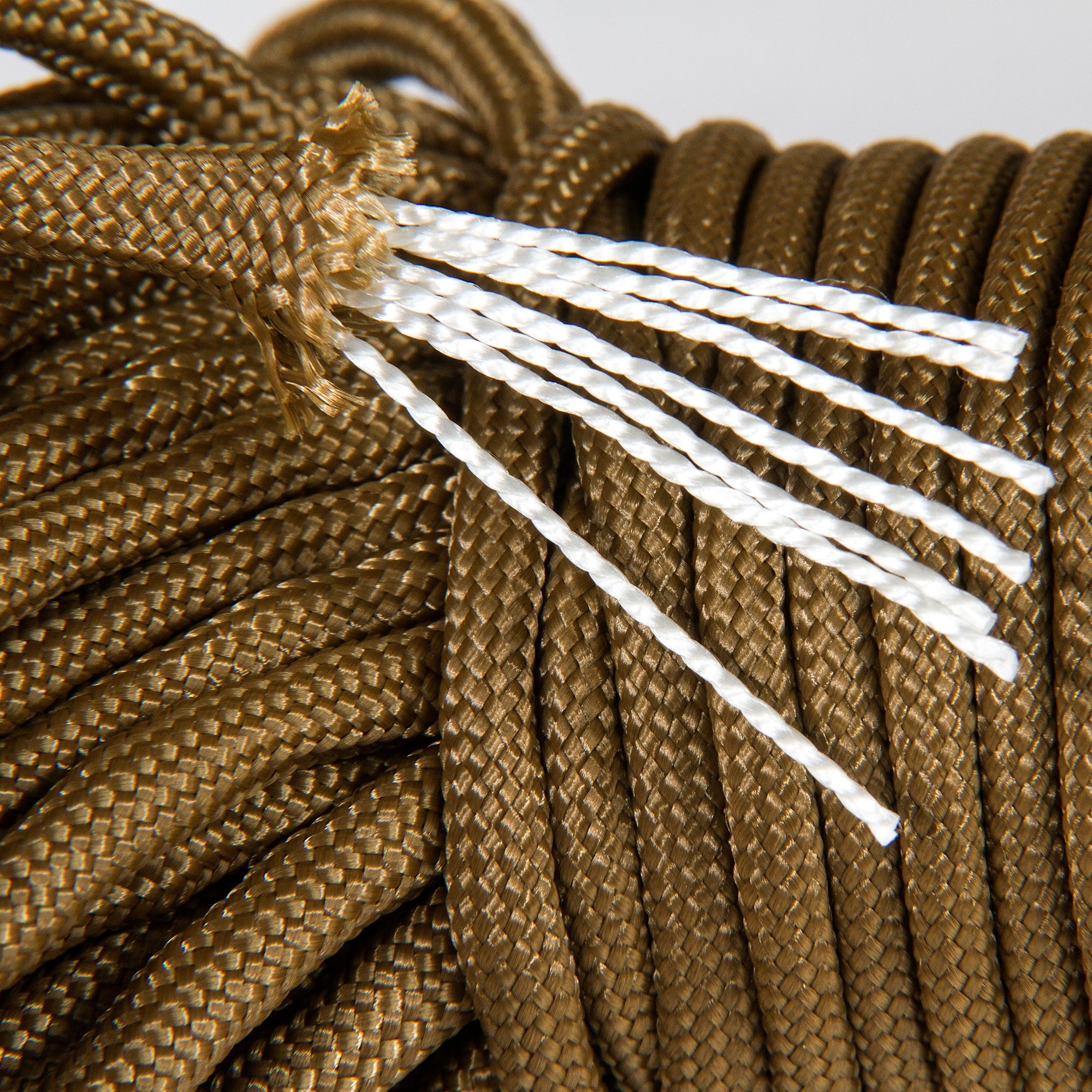
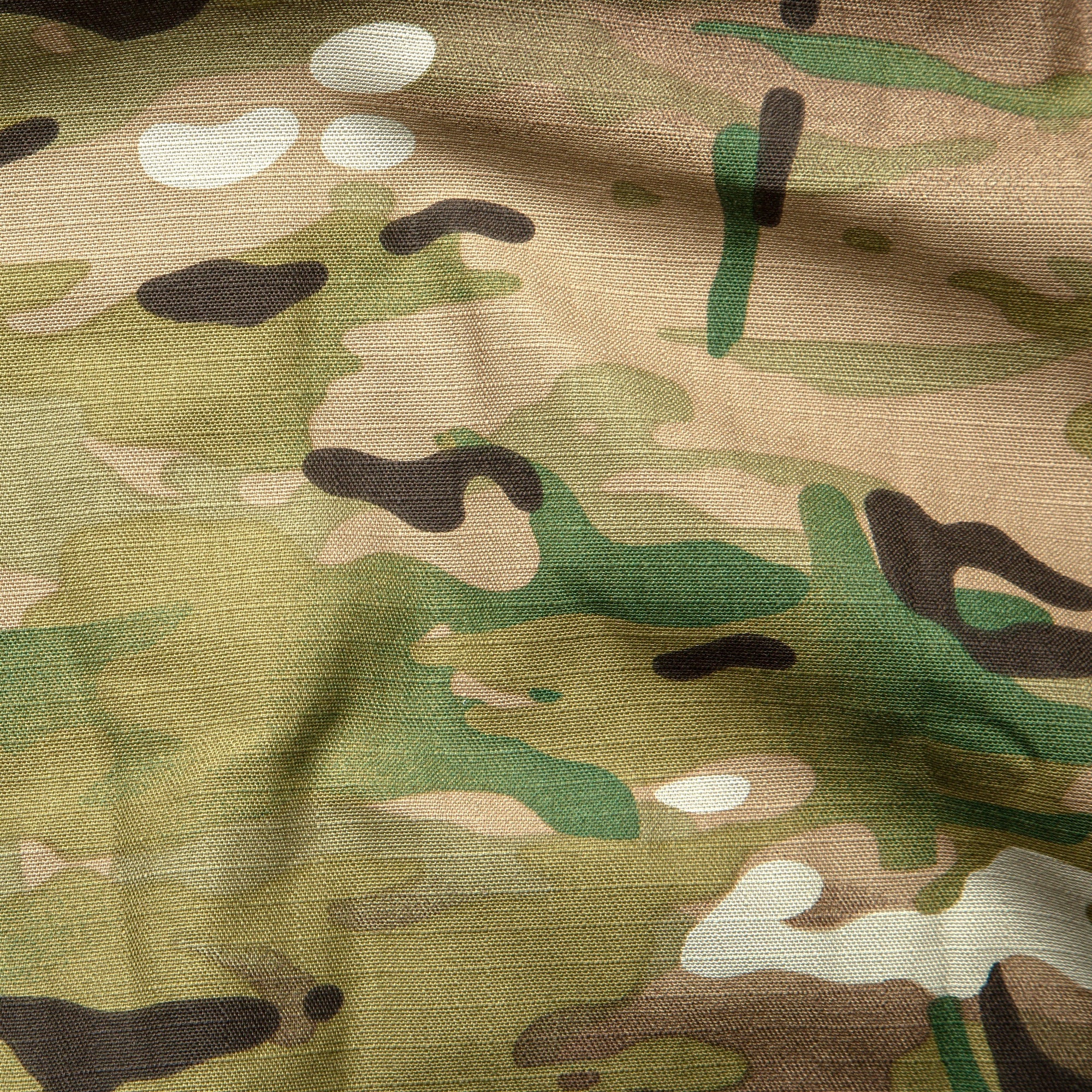
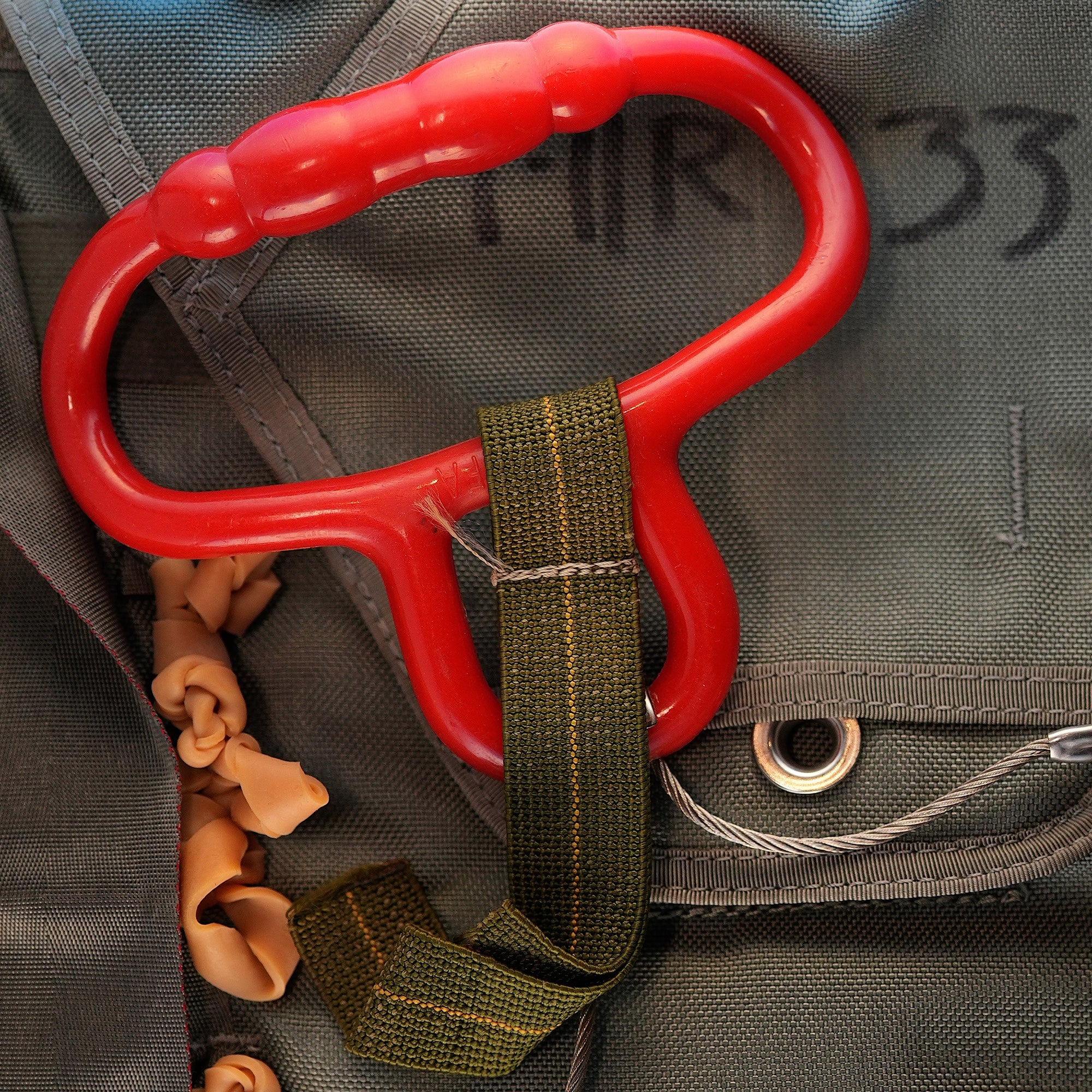
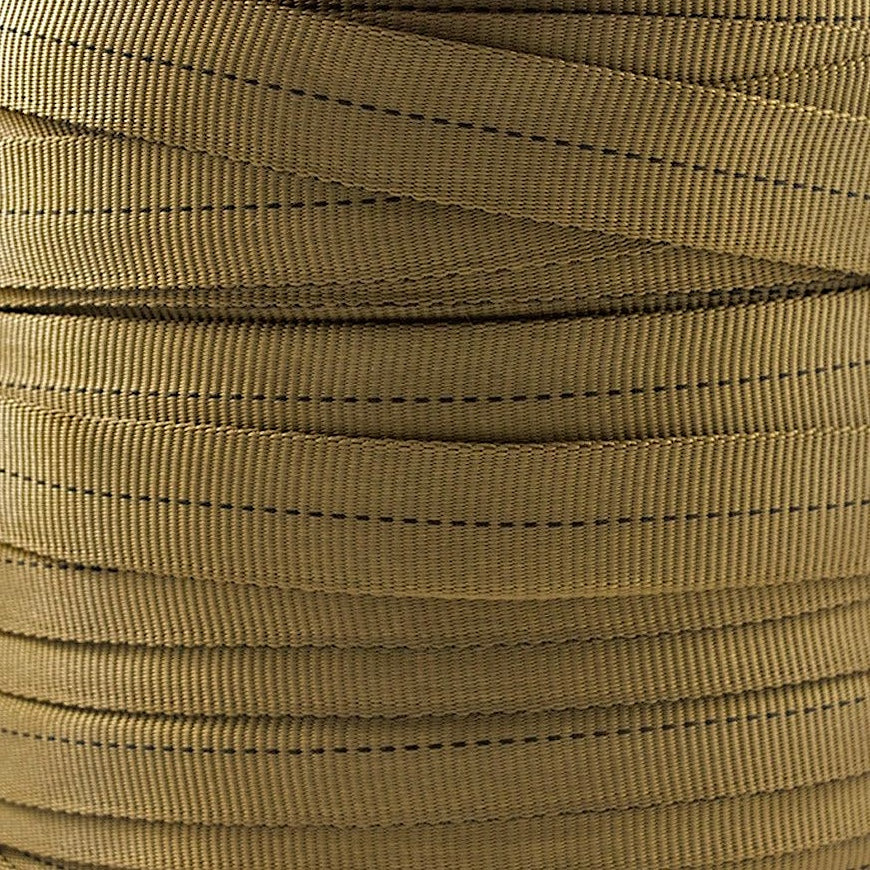
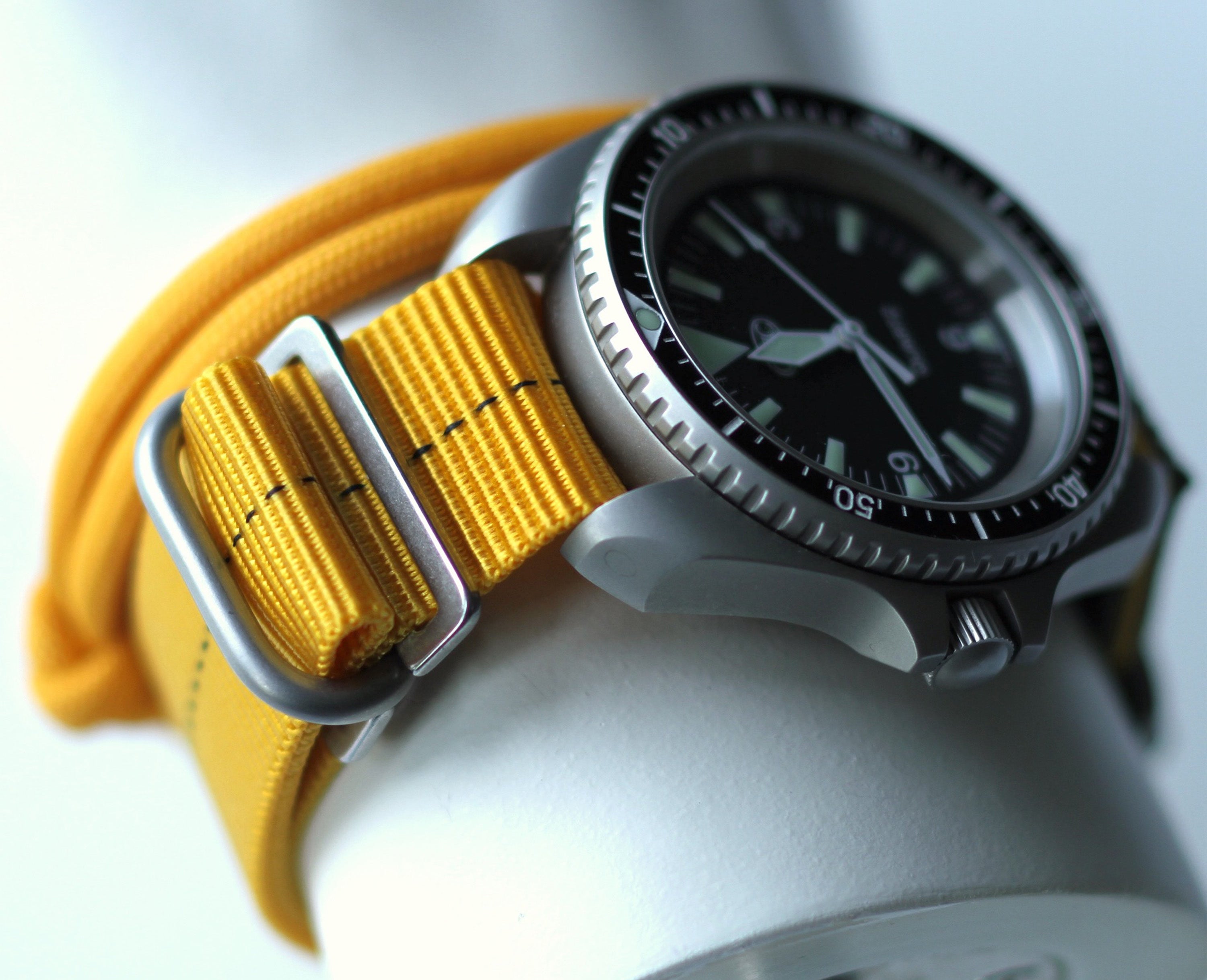
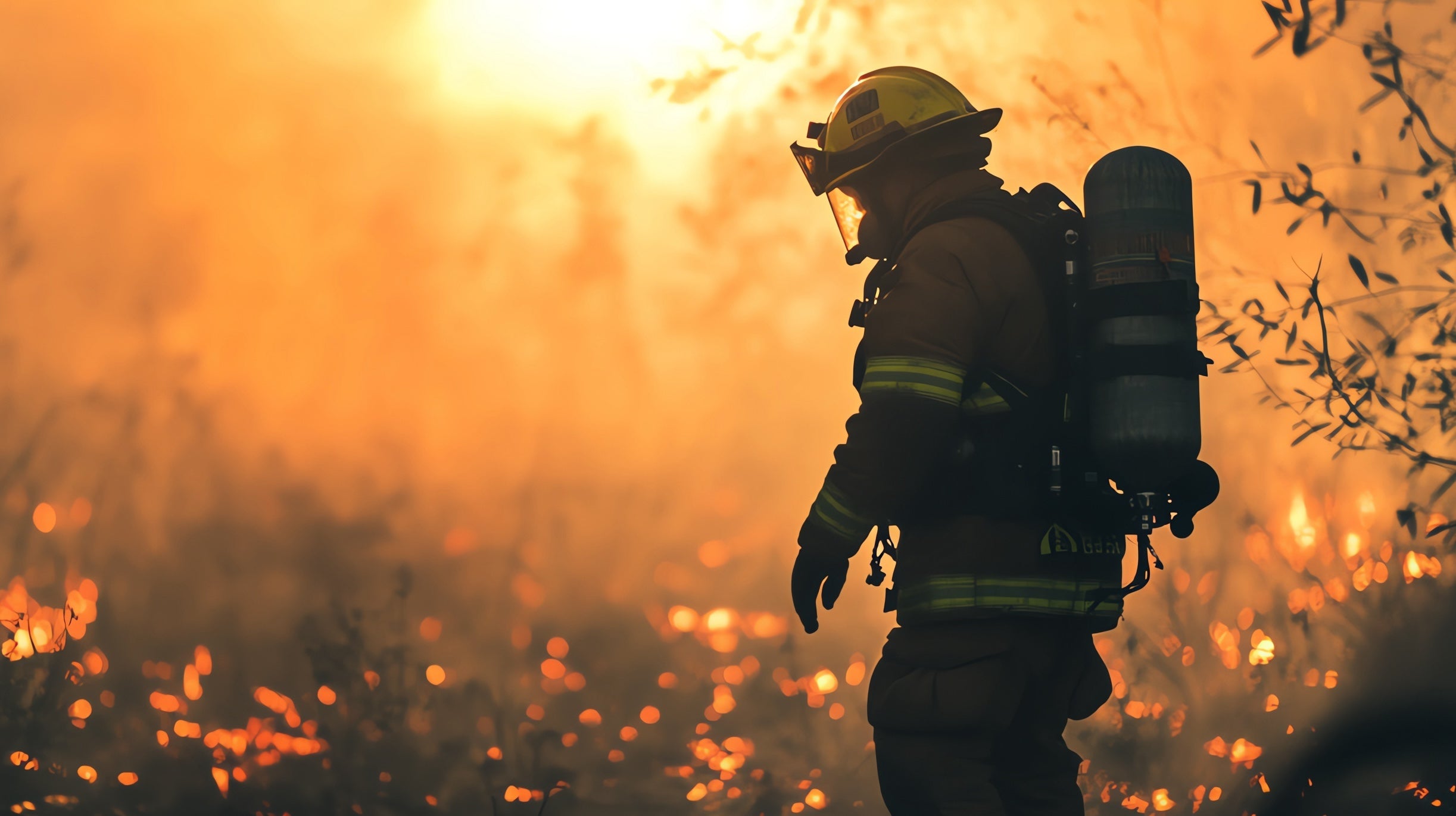
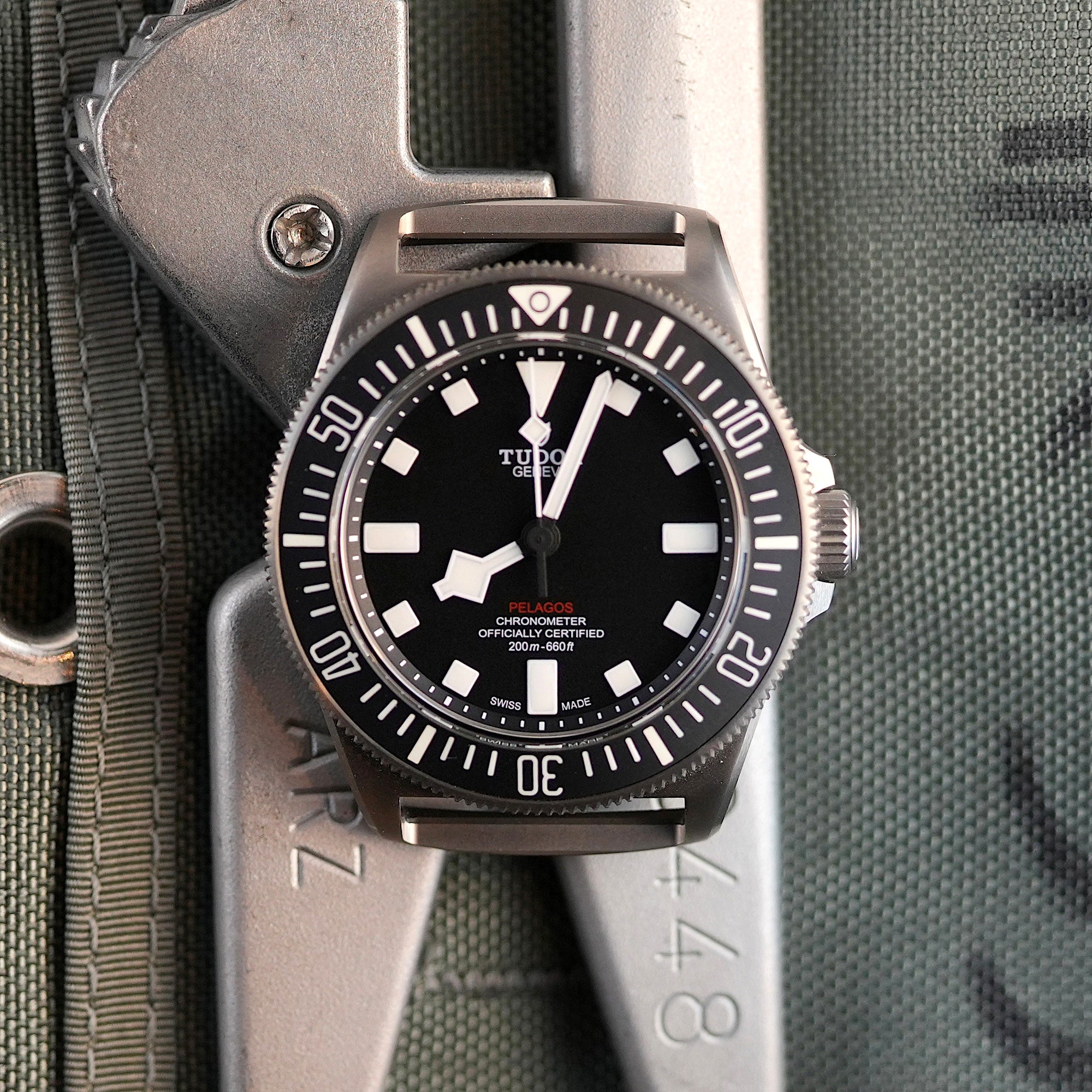
Share:
Jacques Cousteau’s Influence on Underwater Diving Equipment: A Legacy of Innovation
The Martin-Baker Ejection Seat: A Lifesaving Innovation in RAF Aviation